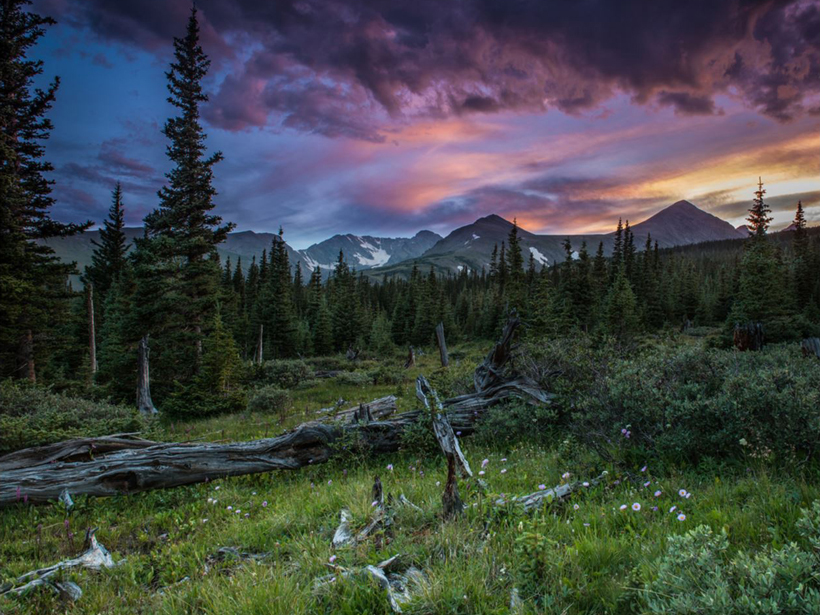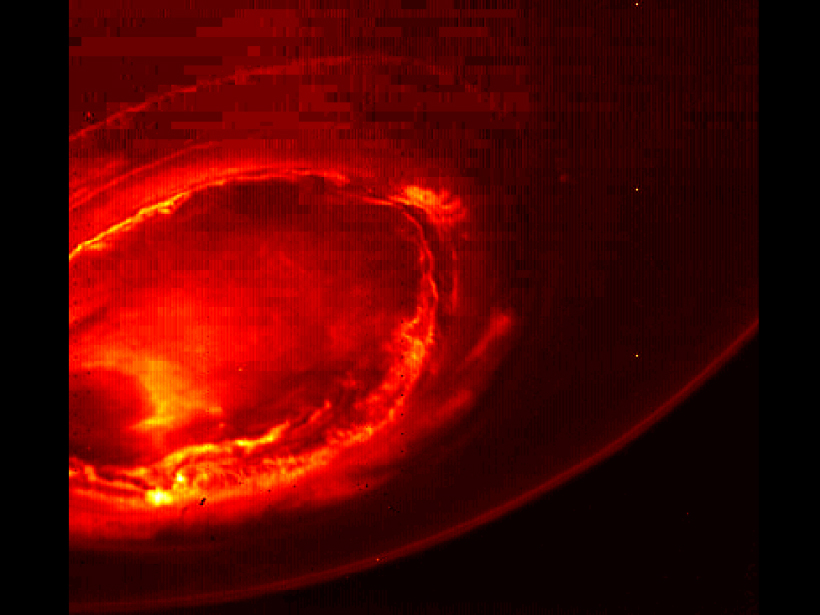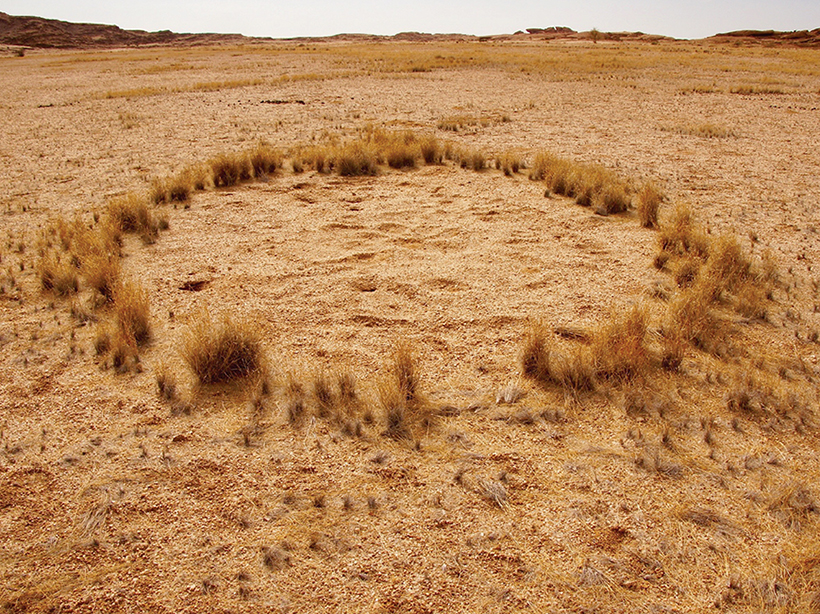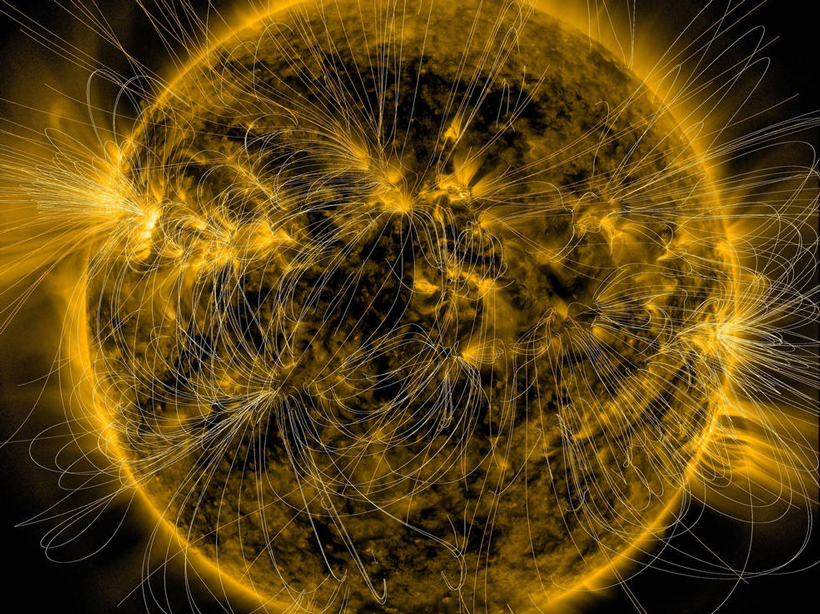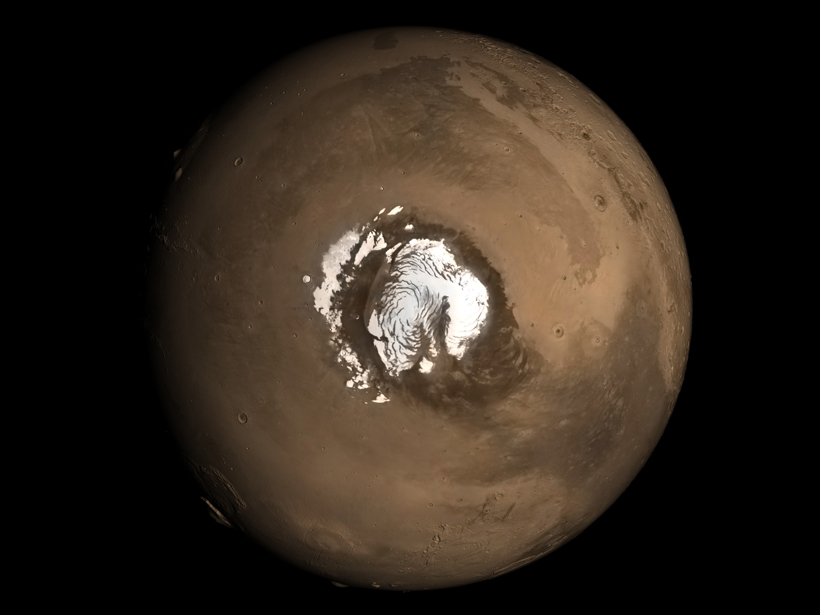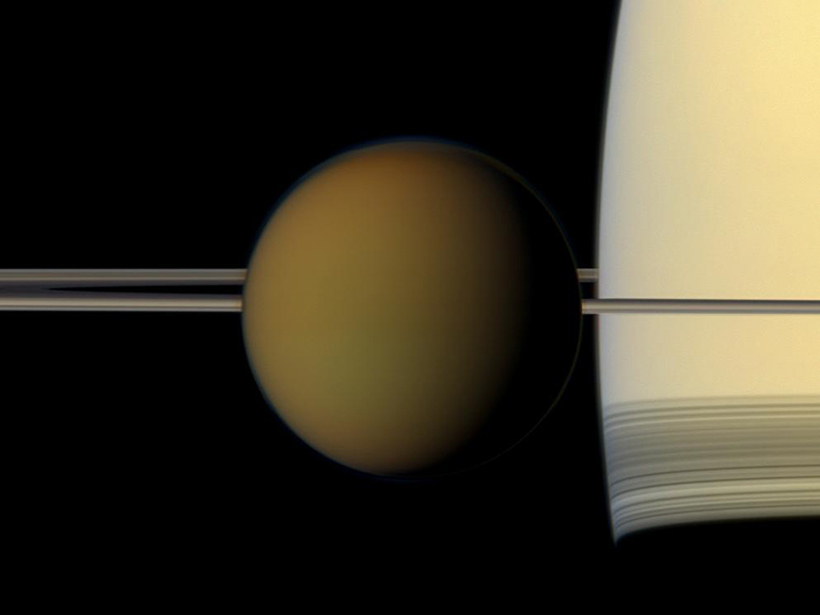Current climate models disagree on how much carbon dioxide land ecosystems take up for photosynthesis. Tracking the stronger carbonyl sulfide signal could help.
unsolved mysteries
Mysterious Particle Beams Found over Jupiter’s Poles
The unexpected character of the beams, revealed by NASA’s Juno spacecraft, suggests that the processes that produce Jupiter’s auroras are unlike those on Earth.
What to Expect from Cassini's Final Views of Titan
Cassini will fly close to Saturn's largest moon one last time. Here's a look back at what the spacecraft has revealed and ahead to scientists' final close glimpses of the moon.
Mysterious Intraseasonal Oscillations in Monsoons
The unpredictable cycles of rainfall during India's summerlong monsoon have stymied scientists for decades.
Mysterious "Fairy Circles" Continue to Enchant Scientists
Researchers revisit an old theory about the ethereal patterns of vegetation that form in some arid landscapes.
Explaining Unexpected Twists in the Sun's Magnetic Field
New research shows how the Sun's magnetic field can shift when it approaches Earth, which can throw off space weather forecasts.
Plasma Waves Pinpointed at the Site of Magnetic Reconnection
When the Earth's and the Sun's magnetic fields meet, they realign in explosive and mysterious reconnections. Data suggest that plasma waves called kinetic Alfvén waves play a key role.
How Mars Got Its Layered North Polar Cap
Orbital wobbling shaped the dome of ice and dust at the planet's north pole.
The Curious Case of Titan’s Missing Clouds
Two instruments, one region on Titan: One instrument saw clouds, the other didn't—what's going on?
Freezing Mars's Core—in the Lab
Mars's core, widely thought to be at least partially molten, may eventually solidify completely, and researchers have turned to lab experiments to find out how.

